The German occupation in Paris lasted from June 1940 until Liberation Day on August 25th, 1944. There are still signs of this period, known as ‘les années noires‘ (the dark years) to be found all over the city, including bullet holes in walls and many plaques in memory of fallen Resistance fighters and deported Jews. This post gives some examples to look out for and details of three museums and two guided walking tours which will all help you find out more.
Signs of the Occupation in Paris
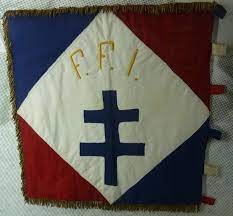
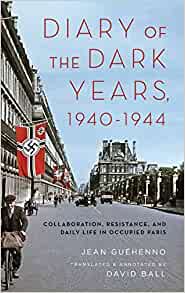
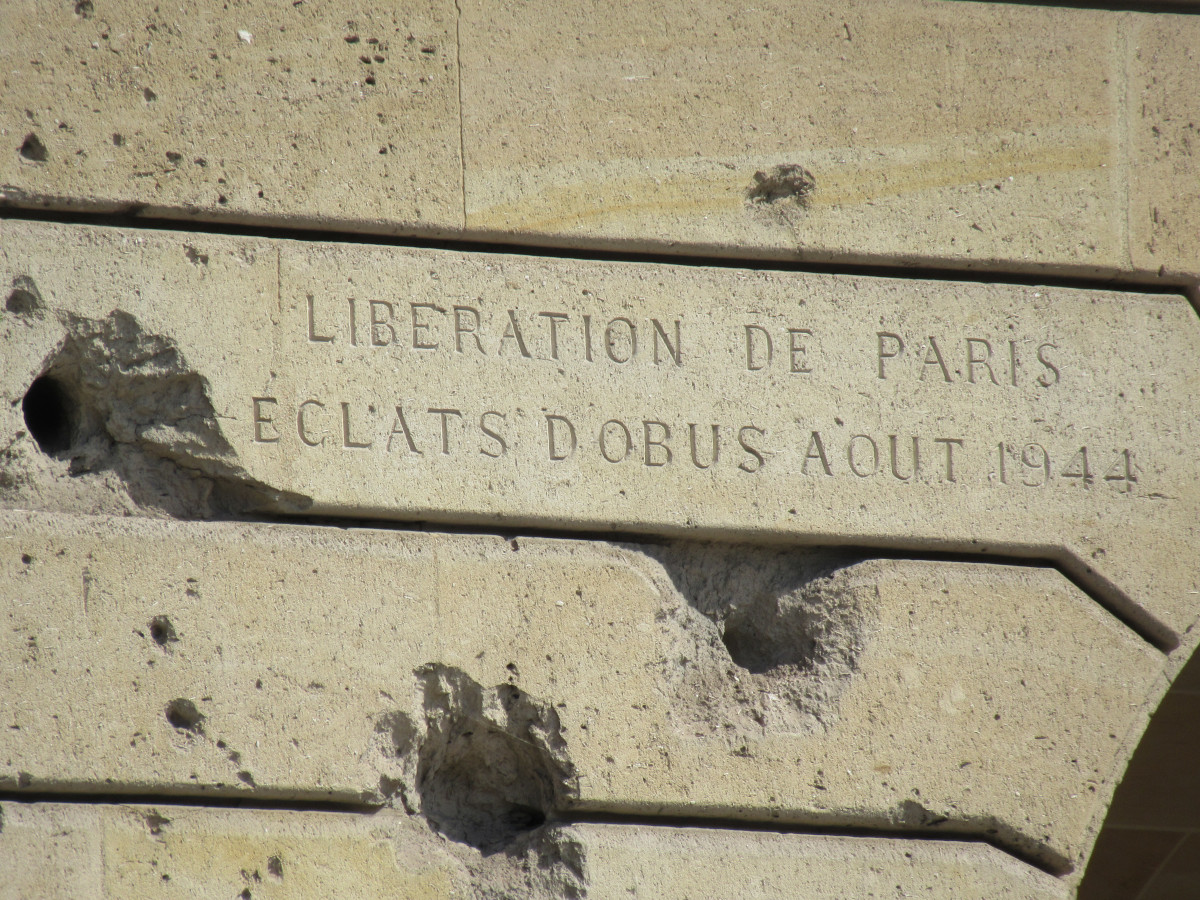
If you keep your eyes peeled, it’s surprising how often you will come across reminders of the years of German occupation all over Paris.
There are still buildings with visible bullet holes, for example the École des Mines at 60 Boulevard St Michel, alongside a plaque explaining they date from 25th August, 1944, the day the city was liberated. There are more on the Préfecture de Police building in Rue de la Cité, recalling the day when French police and members of the FFI (French Forces of the Interior) stormed the building and recaptured it. And you’ll see more again just to the left of the M on the Hotel Meurice sign on the Rue de Rivoli, one-time HQ of the Germans in Paris.
As for the liberation, a plaque at 1, Rue de Lutèce on Île de la Cité recalls the note from Genéral Leclerc, dropped by French pilots onto Paris the day before the liberation: Tenons bon, nous arrivons. Hold on, we’re coming. Statues of two of the heroes of the day are prominently on show: Général de Gaulle is depicted in a marching pose in Place Clémenceau, near the Grand Palais and just along the road, stands Winston Churchill, staring resolutely out from the garden of the Petit Palais. Look out too for plaques on the Musée d’Orsay and the Hotel Lutétia in Boulevard Raspail, commemorating the role both played as repatriation centres for those returning in 1945.
remembering the jews in wartime paris
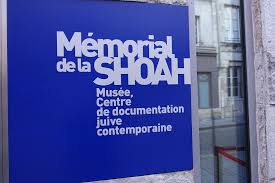
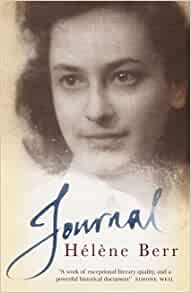
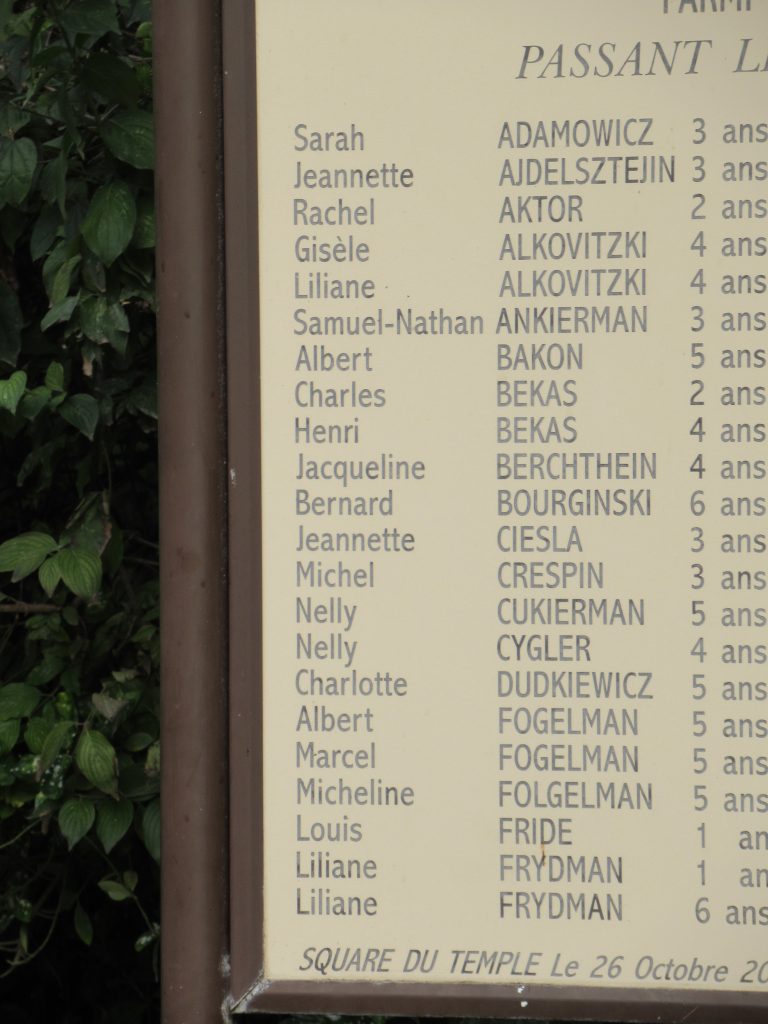
the shoah (Holocaust memorial and museum)
Shoah is the Hebrew word for holocaust and the Shoah in Paris is the site where the genocide of the Jews during World War II is memorialised. Outside, along the building, stands the Wall of the Righteous which lists the names of over 3,000 non-Jews who helped save French Jews during the war.
Inside, there are a number of different sections: a memorial crypt, where ashes of victims from all the different death camps are buried; the Wall of Names listing the 76,000 Jews who were deported from France and murdered by the Nazis; a room full of ‘Jewish files’, created by the Vichy government to identify Jewish citizens; the permanent exhibition documents the history of French Jews during the holocaust, alongside information about other countries; the exhibition ends in a little room where the walls are filled with portraits of Jewish children from the occupation period. Where possible, they are named, and research continues to identify the others.
memorials around the city
On the walls of Paris schools you will find lists of the Jewish pupils known to have disappeared during the Occupation. In many of the little parks, you will see memorial lists of the under 5s, those who did not live long enough to attend school. For example, in the Square du Temple, in the 3rd arrondissement, is a panel remembering 500 local children who were deported to Auschwitz and giving the names and ages of the 87 pre-school children among them, from Sarah Adamowicz, aged 3, to Micheline Zylberman, aged 4. The text ends with these words: Ne les oublions jamais – let us never forget them.
The Joseph Migneret Rose Garden, in the heart of the Marais district is named after a primary school head-teacher and resistance fighter known to have sheltered pupils threated with deportation. A plaque explains that 11,400 Jewish children were deported from France, and reminds passers-by that this memorial is ‘their sole resting place.’ A plaque outside the Bir Hakeim metro station marks the site of the Vel d’Hiv, a sports arena where over 8,000 Jews were rounded up in July 1942 and sent to the death camps.
The Diary of Hélène Berr
Hélène was a young Jewish student at the Sorbonne. Her wartime diary, titled simply Journal, relates her experiences, from the early days of the German occupation when she was obliged to wear a yellow star, to later horrors such as seeing her neighbours dragged away by Nazi officers. She waited in fear for a knock on door and it came on 8th March 1944 when the Nazis arrived at her house early in the morning and arrested her and her whole family. Like so many other Parisian Jews, they were sent to a concentration camp. The last words of Hélène’s diary, written in February that year, were ‘Horror! Horror! Horror! She died in Auschwitz on April 1st 1945.
Memorial to the Martyrs of the deportation
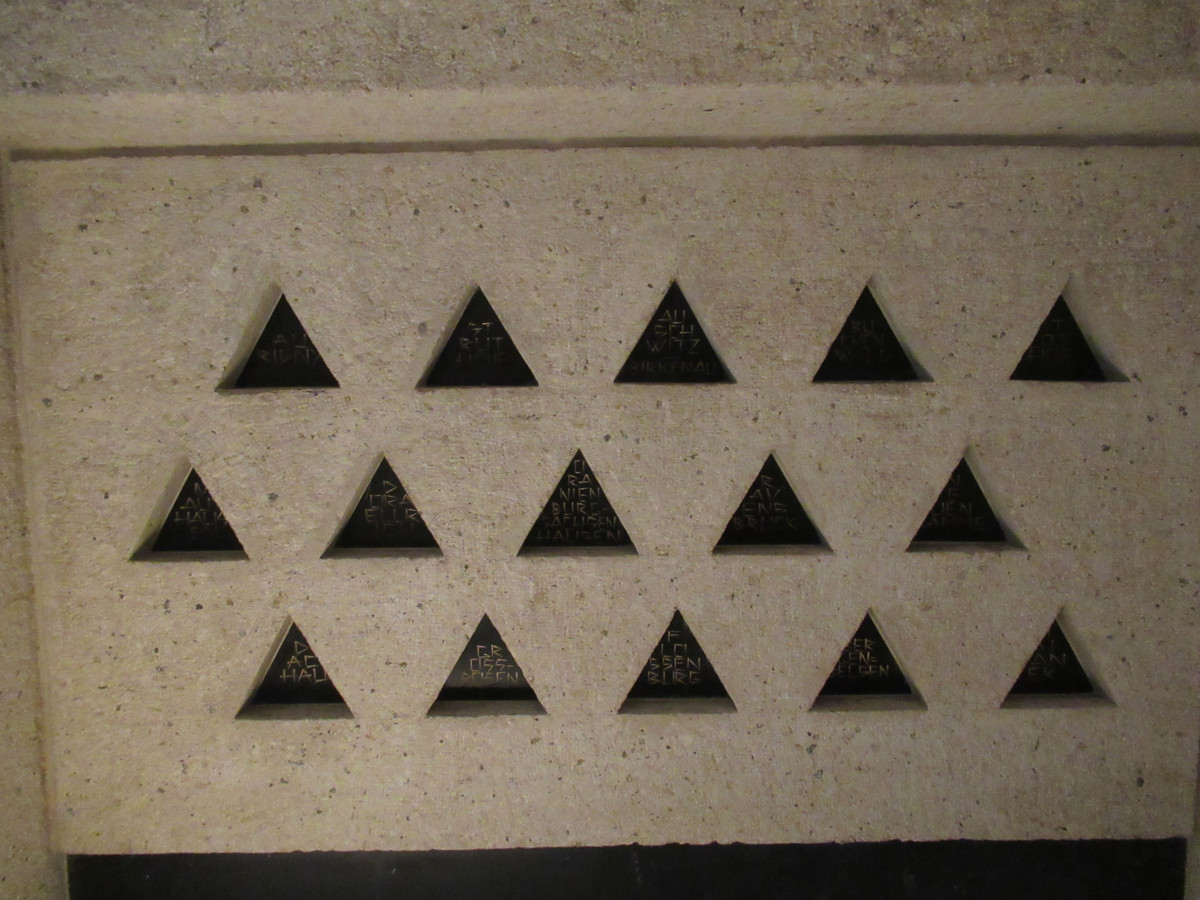
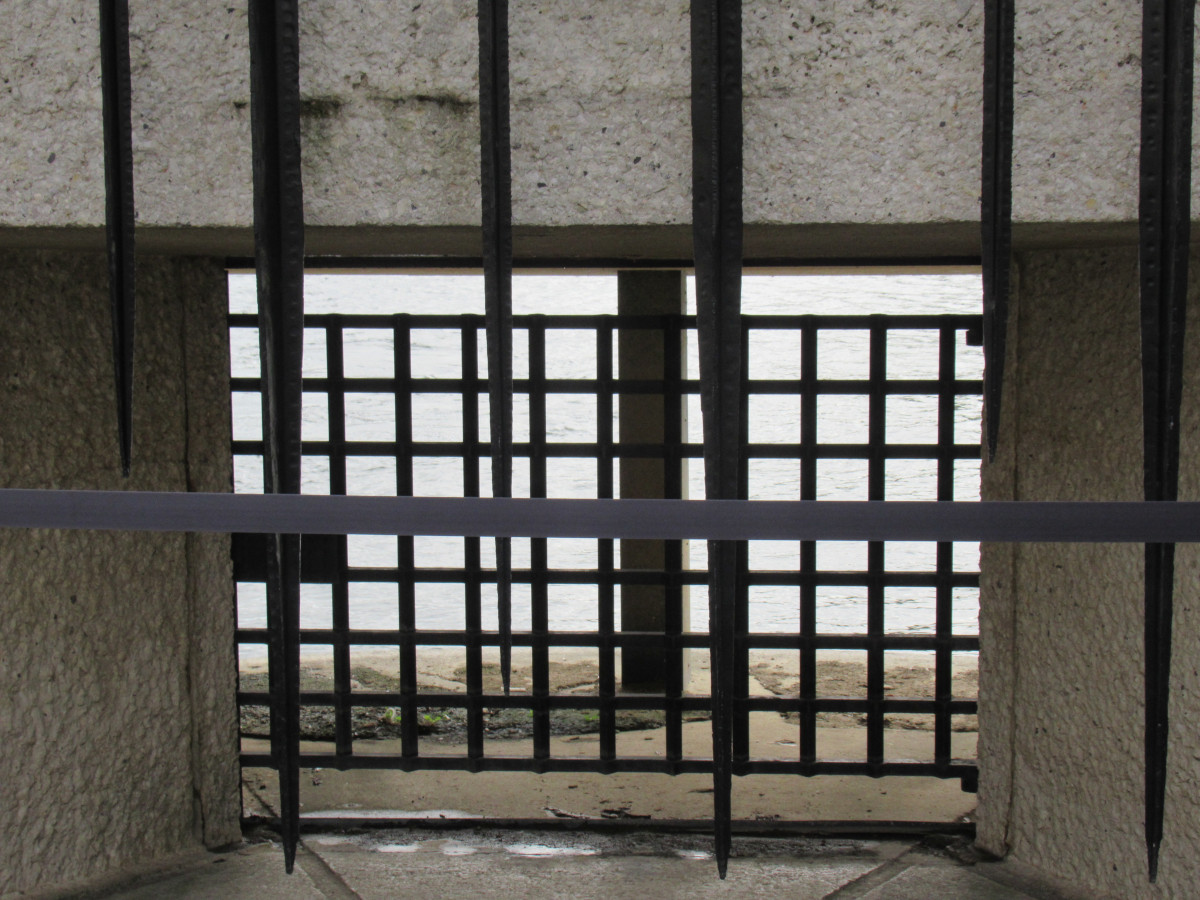
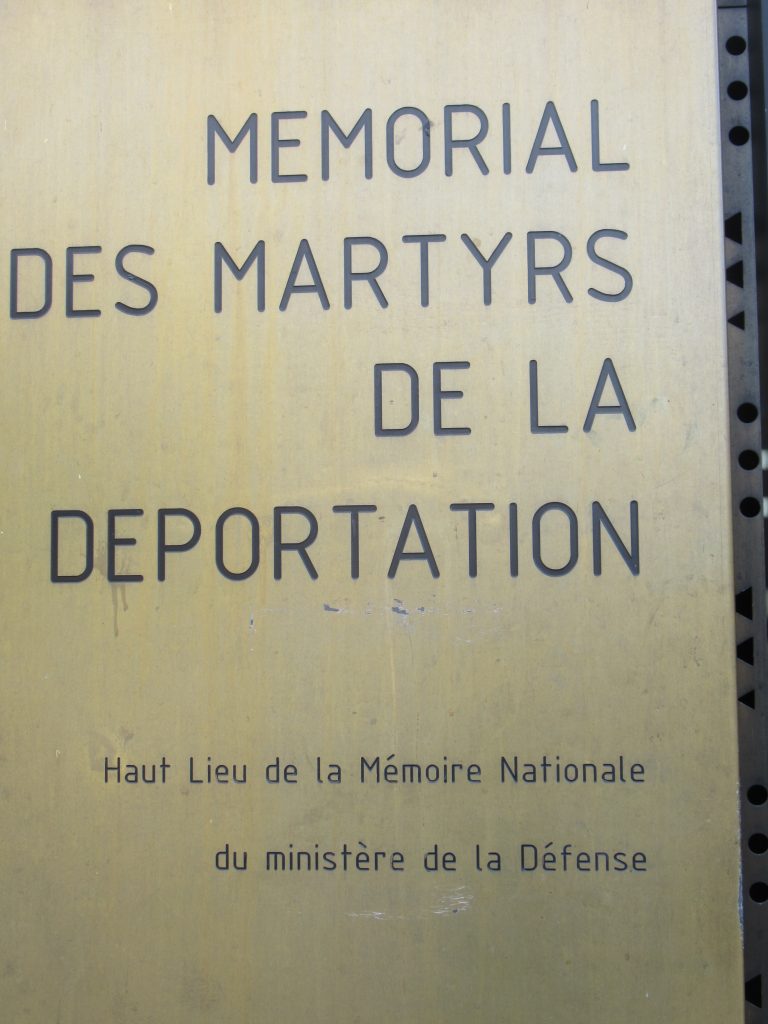
The Memorial to the Martyrs of the Deportation is on the eastern tip of the Île de la Cité, behind Notre Dame. It is a memorial to the 200,000 French citizens deported from France to Nazi concentration camps: Jews, along with 75,000 Resistance members, many others from the Roma and Sinti communities, gays, and the disabled.
When you go down the steps from the entrance, you are standing where they were made to wait for the boats to take them away. A plaque says ‘They descended into the mouth of the earth and they did not return.’ Embedded in a long dark corridor are 200,000 crystals, each representing a lost life and inside are two levels: the lower one dedicated to remembrance and reflection and the upper one a museum, telling the story of the deportations and of the camps to which the victims were taken.
There are at least two companies offering guided walks of Occupied Paris: Parisology and Paris Walks.
The Liberation of Paris Museum
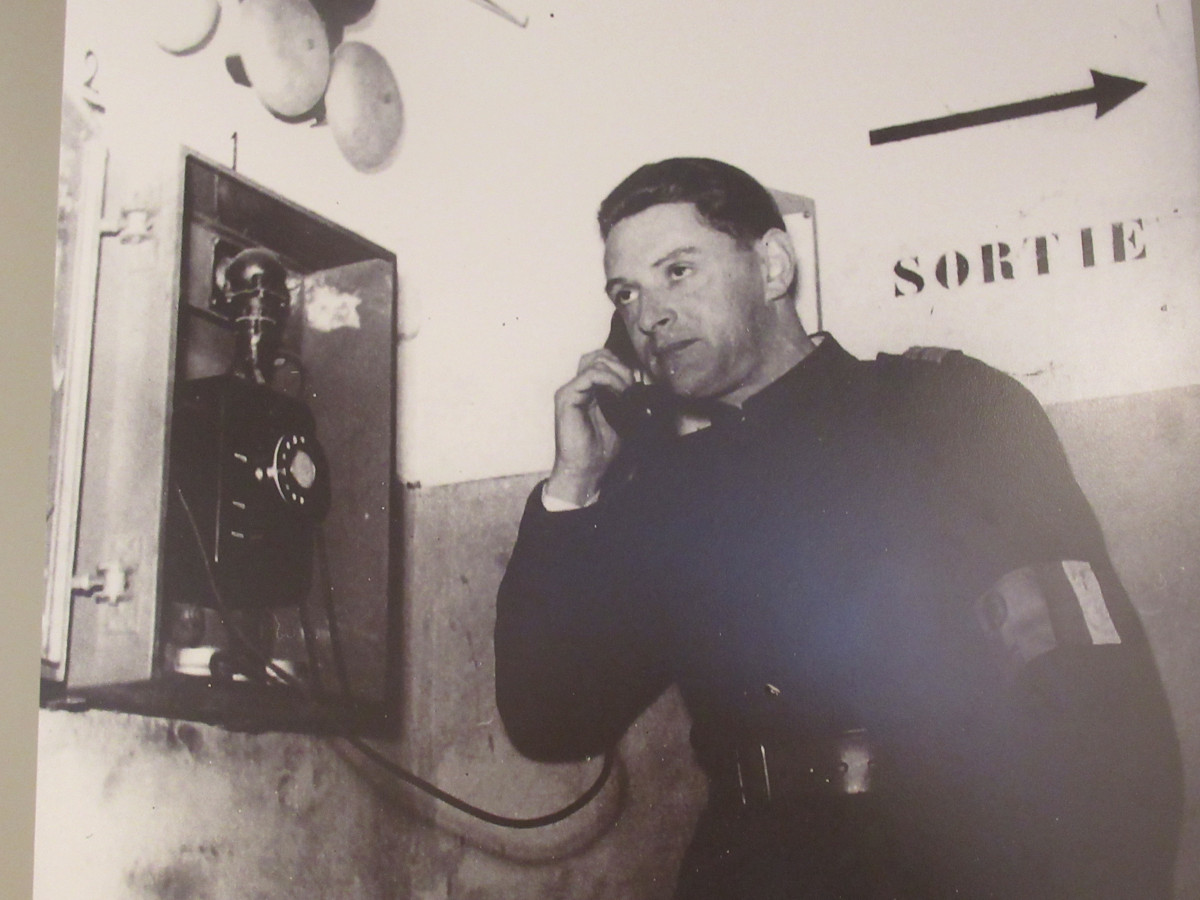
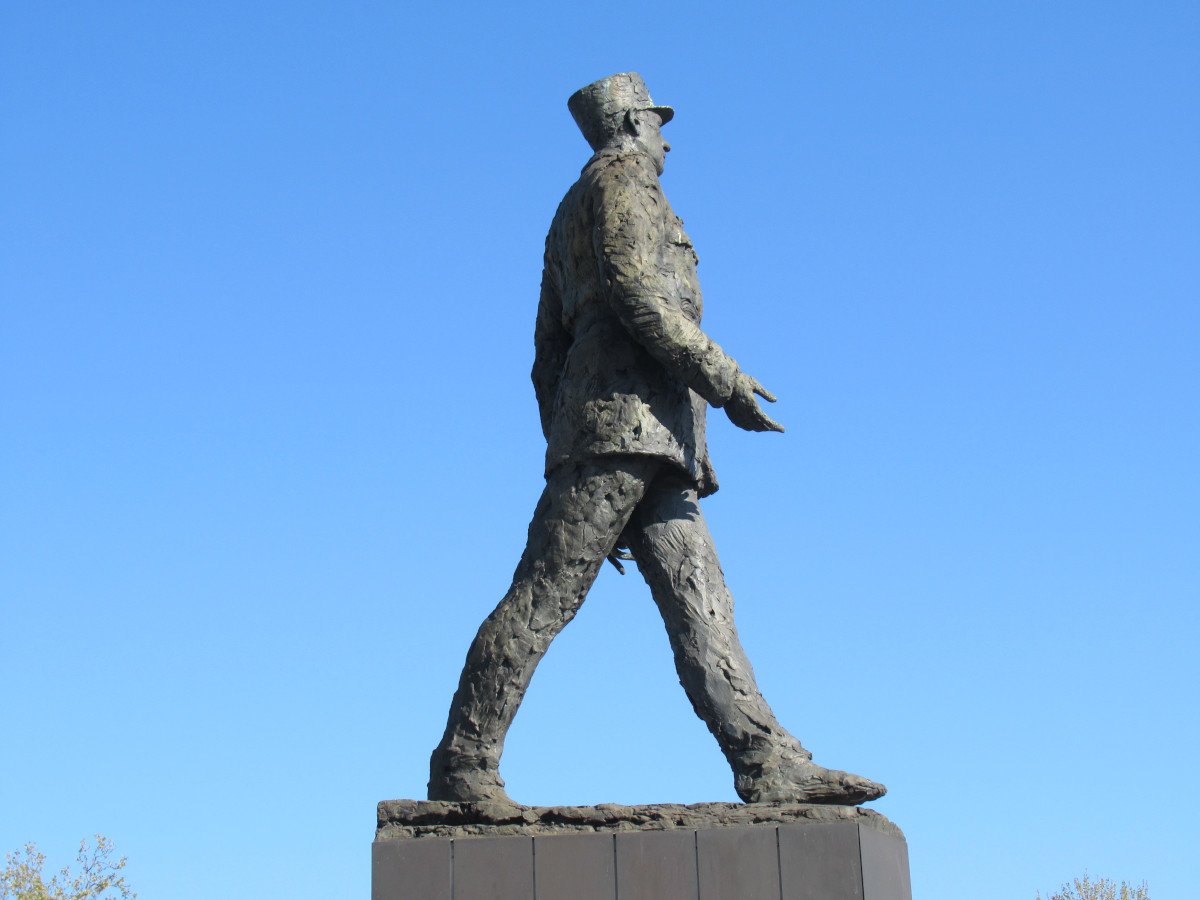
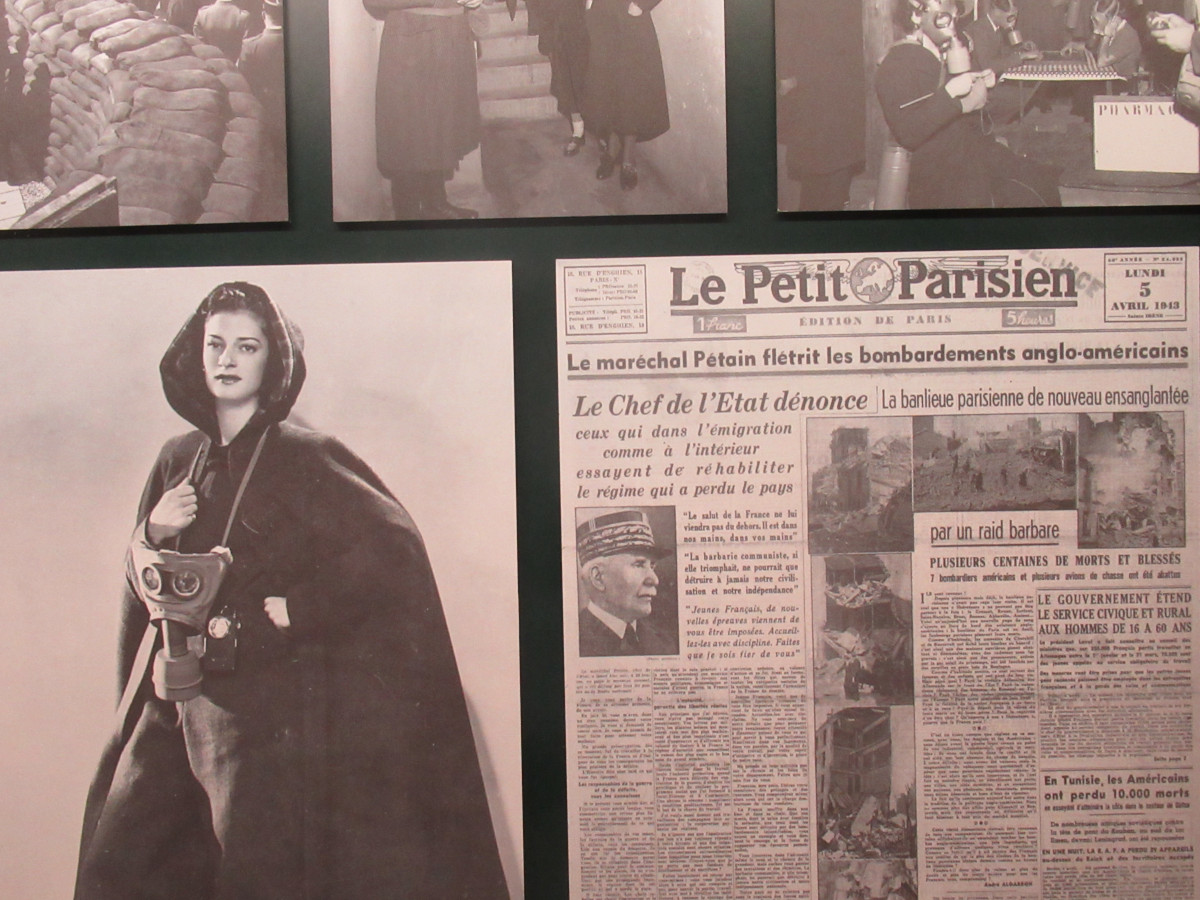
The eleven rooms of the Liberation of Paris Museum tell the story in chronological order, including the frantic exodus from Paris in 1940, the daily life of Parisians during the years of occupation and the efforts of the Résistants, including heroes like Jean Moulin, to liberate the city. It’s detailed and comprehensive, with a mixture of photos, archive film, documents, animated maps and artefacts and the final room, the atrium, is devoted to Liberated Paris, including the parade led by Général de Gaulle down the Champs Élysées.
There’s so much to see that any summary is inadequate. Perhaps most memorable are the details from everyday life: curfews, rationing, the black market, fuel shortages, power cuts, censored newspapers, the heroics of the Resistance and the defiant little gestures of the population, such as folding down the ends of metro tickets to form a V shape, standing for victory. Jean Guéhemo, author of Diary of the Dark Years, described the subtle wearing of the colours of the tricolore as a morale booster: ‘Louisette in her red-and-white chequered dress and her blue scarf’ and perhaps for the men ‘one of those matchboxes with a blue-white-and-red emblem sticking out of a jacket pocket’.
Listen to the Podcast
Reading Suggestions
Diary of the Dark Years by Jean Guéhemo
Journal by Hélène Berr
When Paris went Dark by Ronald Rosbottom
LINKS FOR THIS POST
Musée de la Libération
Mémorial de la Deportation
The Shoah (Holocaust Memorial Museum)
Paris Walks
Parisology
Previous Episode Finding Impressionism in Paris
Next Episode Intellectual Paris: Montparnasse and the Latin Quarter
Last Updated on November 21, 2024 by Marian Jones





